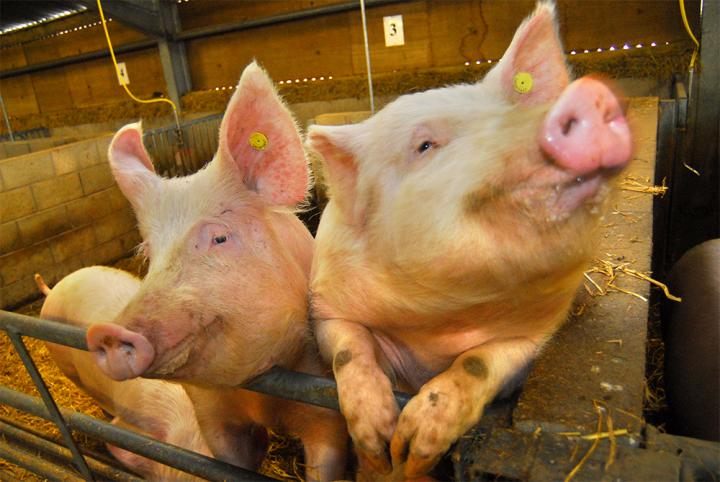Breeding for disease resilience is cost-effective
Breeding animals for disease resilience would be three times more profitable than breeding based on production traits, study finds.

Emerging technologies and new statistical methods offer novel approaches to breed livestock that are resilient to disease, with potential significant cost savings to industry, according to a study.
Improved statistical methods to quantify how animals respond to infection, and to what extent this is controlled by genes that give rise to these traits, pave the way towards selective breeding for optimum disease resilience, according to scientists from Roslin and pig breeding company PIC.
Their approach could help limit the cost of infectious diseases in livestock production.
Productivity factors
The team developed mathematical models to estimate the economic value of disease resilience – how an animal’s productivity is impacted by exposure to infection.
The models take into account resistance to disease – how well an animal’s immune response can limit the amount of harmful organisms that infect it – as well as tolerance – an animal’s ability to limit the damage caused by infection.
The team used data from a previous study of piglets infected by Porcine Respiratory and Reproductive Syndrome – an infectious disease that costs pork producers millions of pounds each year.
According to their calculations, the value of selective breeding based on resistance and tolerance during infectious conditions was more than three times that of breeding based on production traits in disease-free conditions, demonstrating the high economic value of disease resilience.
Applying insights
Data capture or technologies that determine an animal’s response to infection based on its genes could be used to mitigate trade-offs between traits that contribute to resilience, the team found.
Monitoring the level of infection in an animal over time, in addition to tracking production traits, could be used to estimate the influence of resistance and tolerance on its response to infection.
Knowledge regarding genes that affect resistance and tolerance can be applied in two ways, they suggest.
Selective breeding may be based on groups of genes that in combination have a relatively large positive effect on both resistance or tolerance, or by identifying genes that confer complete resistance or complete tolerance to disease. This may however not be possible without new technologies such as genome editing, researchers add.
An alternative option would be to study automated data capture of livestock to determine how much an animal is affected by infection, and how well and how quickly it recovers based on parameters such as milk yield or feed intake.
The study was published in Genetics Selection Evolution and funded by Genus PLC, the BBSRC and the EU Horizon 2020 project SMARTER.
Managing infectious disease continues to place a heavy toll on livestock producers and the animals they raise. By applying new statistical methods to big data from genomic and automated recording technologies, we can breed livestock that are more resilient to infection.
** The Roslin Institute receives strategic investment funding from the Biotechnology and Biological Sciences Research Council and it is part of the University of Edinburgh’s Royal (Dick) School of Veterinary Studies. **


